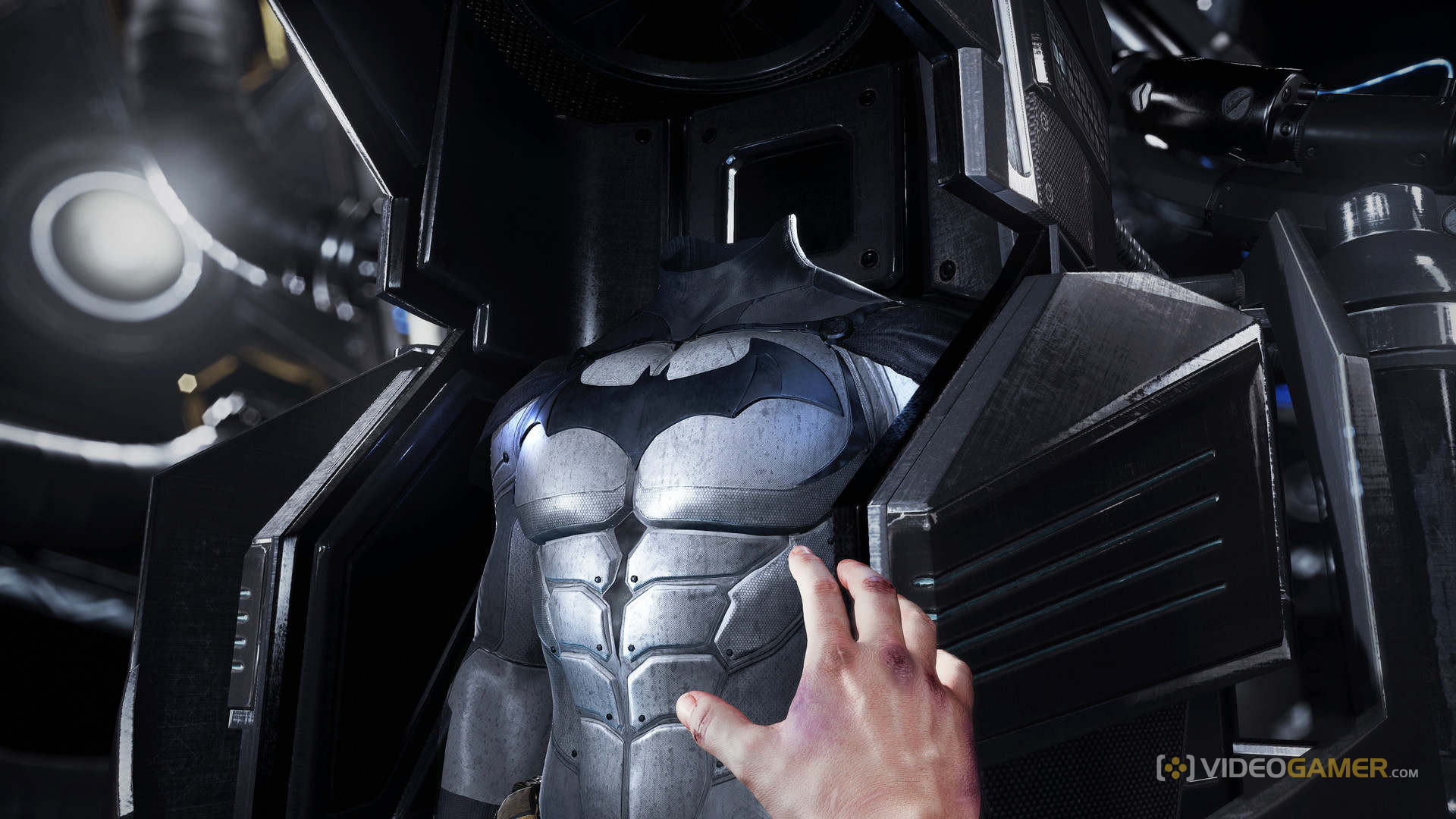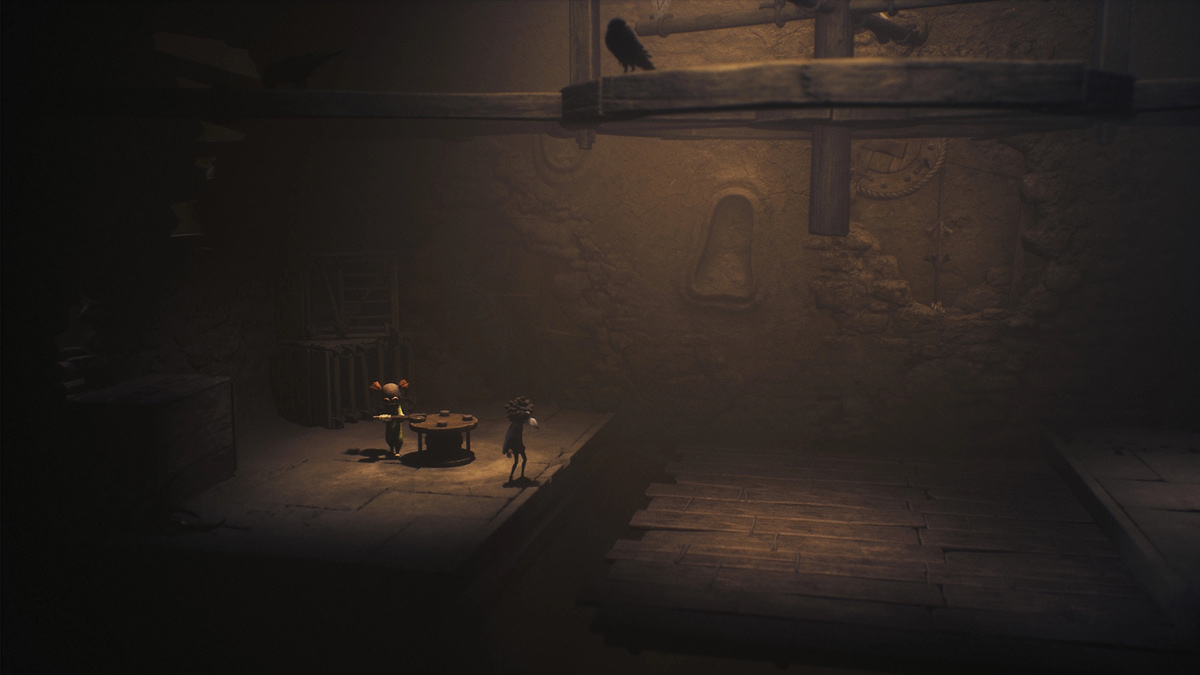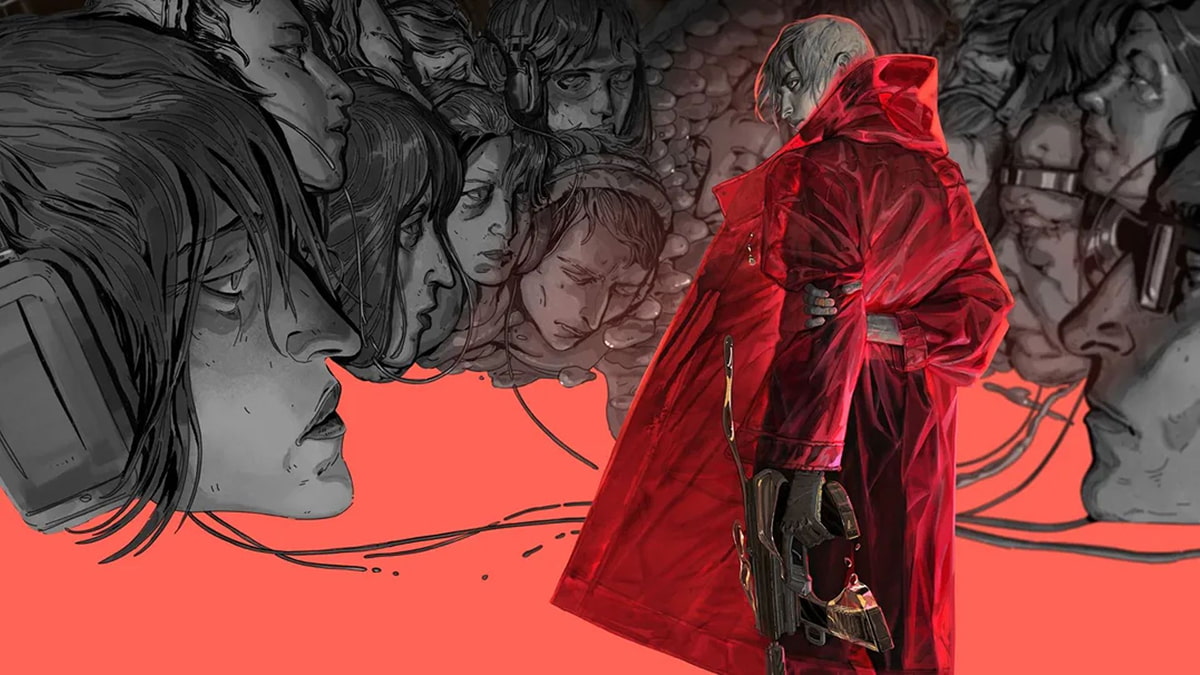You can trust VideoGamer. Our team of gaming experts spend hours testing and reviewing the latest games, to ensure you're reading the most comprehensive guide possible. Rest assured, all imagery and advice is unique and original. Check out how we test and review games here
I get it: for an unproven technology, it’s understandable that publishers might want to test the waters before committing to a big budget VR release. But the consequence of that is Batman: Arkham VR, a spectacular, highly polished, deeply immersive experience that ends just as it’s about to get going. It’s one of the best VR experiences I’ve ever had (and certainly the prettiest on PlayStation VR), but it’s short, and just a little too bitesized for its own good.
Coming in at just 90-minutes, Batman Arkham VR is built around nine unique scenarios that put you directly into Batman’s head across various Gotham hotspots. One of the first sees you descending into the Batcave, another sees you investigating a crime scene on the streets of Gotham, while the final scene, set within Arkham Asylum, is so spectacularly well done that, well… it’s something you truly have to experience for yourself.
There are elements of puzzle solving throughout, although none of it is particularly taxing. Similar to Arkham Knight’s ‘Crash Site’, the crime scene sees you rewinding and fast forwarding time to search for clues surrounding the death of an accomplice, while a scene set in a morgue tasks you with scanning bodies for pieces of shrapnel. You have three tools at your disposal – a grappling hook, forensic scanner and Batarang – each accessed by looking down at your utility belt and grabbing one with your hands, and used to unlock doors, scan for clues or swing to new locations. It’s the closest thing to being Batman I’ve ever seen, and looking down, grabbing a Batarang and lobbing it across Gotham feels just as great as you would hope. Oh, and as a side note: Rocksteady recommends that you play the game standing and with two PlayStation Move controllers – something I’d agree with. And because it’s so short, I’d also recommend playing through the entire game in a single sitting.
The sense of scale provided by VR is extraordinary. Overlooking Gotham from the rooftop terrace of the Iceberg Lounge is marvellously vertigo-inducing, while descending into the Batcave delivers a fantastic sense of place, a feeling that you really are Batman, and that you really are in Batman’s Batcave. There’s the odd niggle that can occasionally (although very rarely) get the scale wrong: in a very early scene set in Wayne Manor, the piano you’re stood next to looks massive, making Alfred, stood the other side, feel tiny in comparison. But overall, Batman Arkham VR is a technically-accomplished experience that immerses you deeply into the world of Batman, and that would lose its sense of wonder as a standard, ‘non-VR’ first-person game. It is a truly spectacular first-gen VR title.
But that’s all it is: a wonderful launch title provided you’re able to set your expectations accordingly. To be honest, it’s a concern I have with PlayStation VR’s launch as a whole. Take a look at the line-up and consider how many titles are fully fledged games rather than bitesize experiences. Then consider how many of them are published by third-parties. Not very many at all, right? There’s EVE: Valkyrie and Rez Infinite perhaps, but the majority appear to be fairly short-lived experiences. Will PlayStation VR ever deliver a steady flow of full-sized games rather than these short, bitesize experiences? Only time will tell.
Batman Arkham VR is an essential, unforgettable VR experience, and a compelling argument that VR really can make a difference to the gaming landscape. But it ends just as it starts to get going and, depending on where you stand on value for money, that £16 entry fee may Harley seem worth it.

/https://oimg.videogamer.com/images/0f48/7e5f37fb-8d06-4972-94d1-d92ccfa732eb_batman_arkham_vr_2.jpg)






